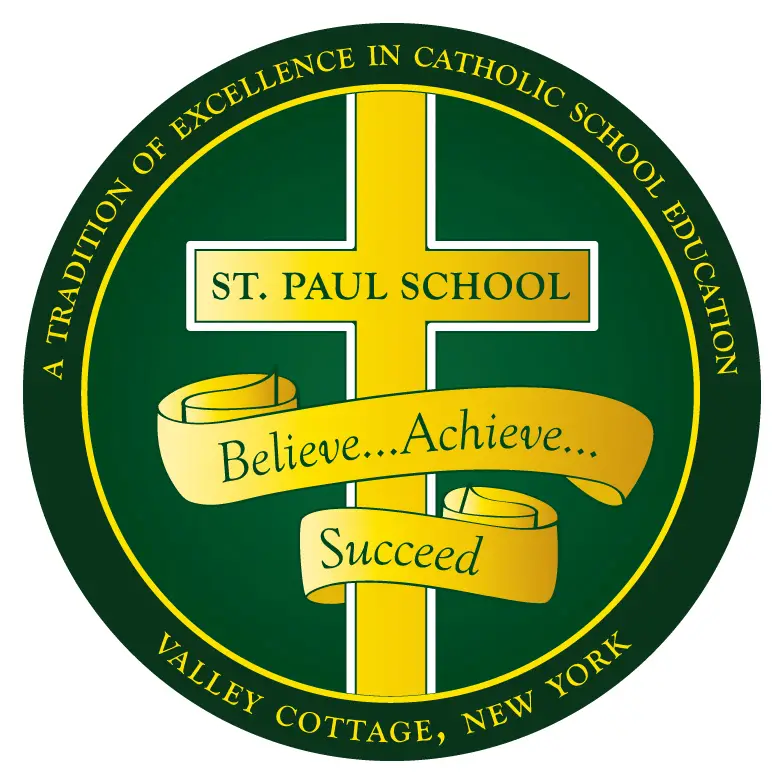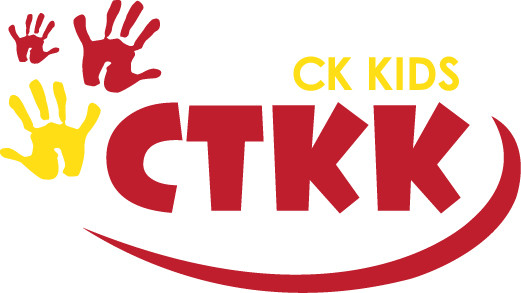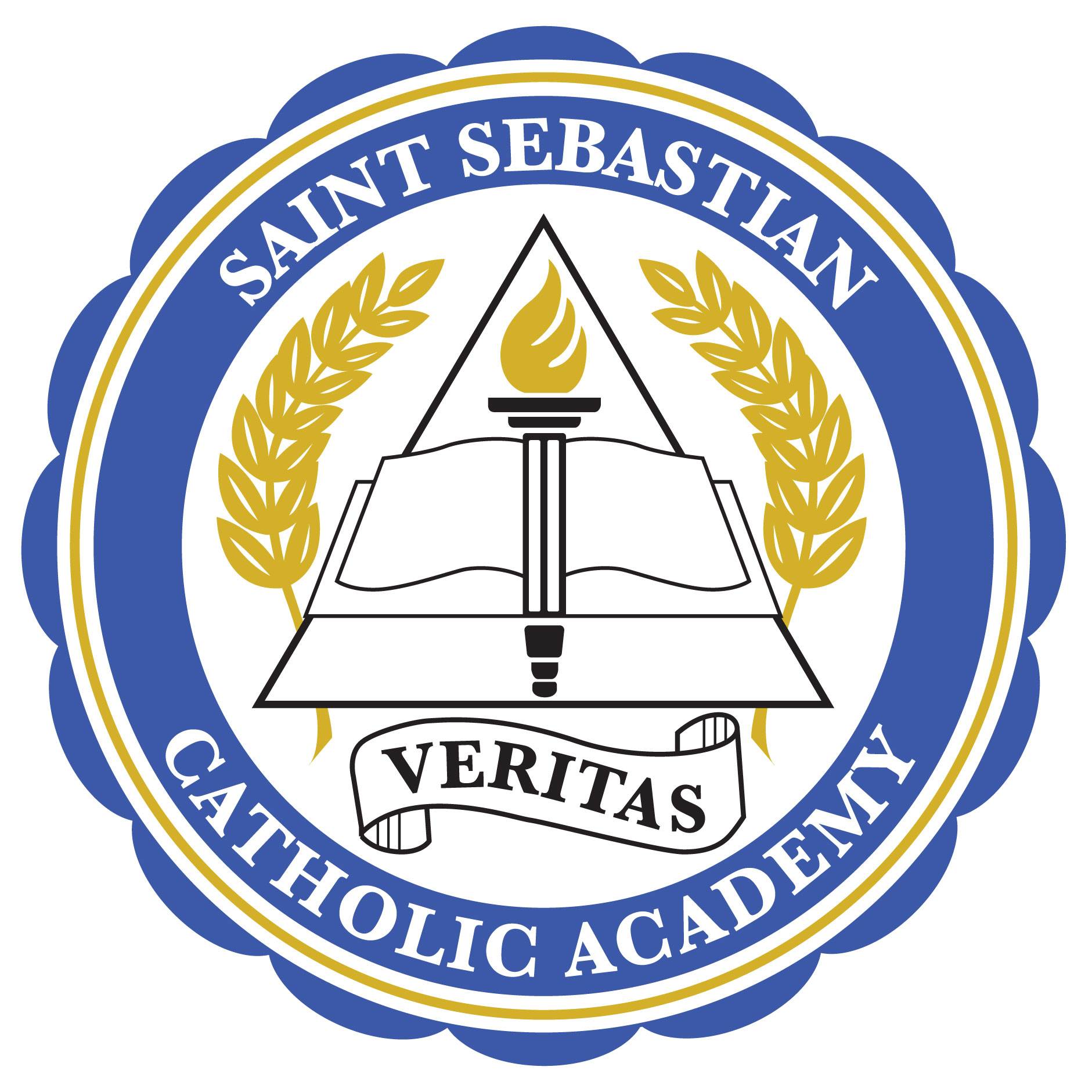Why We Need To Keep Arts Education In Our Schools
Get can’t-miss family activities sent to you!
Get the Best Kid-Friendly Activities
Sent to You Weekly!
Dance
Jo Matos, the children and young dancers program director for the Joffrey Ballet, also believes that the benefits to studying in the performance arts will extend outside of the craft itself to impact other academic disciplines. “People in education who understand that there are seven intelligences will understand that some people need hands-on, kinetic learning,” she says. For kids who are kinetic learners, dance is two-fold, she explains. “It’s the place where they will excel, and as they get older, they can use the tools they learned to compensate in areas they don’t necessarily excel in, like visual or auditory learning.”
For most children, school is presented in the visual and auditory manner. The teacher writes on the blackboard, and the student absorbs the lessons in this one-dimensional way. Dancers have to use multiple comprehension methods to succeed. “They have to master multi-tasking. They have to listen. They have to memorize the dances and physically do them. Imagine how hard that is to pull together!” Matos says. “It’s a huge skill set for a child to have.”

Budget slashers are missing the bigger picture: They’re not seeing the relevance of music, art, and dance in education. “I think a lot of people think arts courses are just about having fun. They’re not about having fun—that just happens to happen,” Matos says. “It’s about developing certain skills. A ballet class is perfect for someone who needs structure. For me, ballet was heaven. I knew what to expect, the rules. On the flipside, algebra was a nightmare. With no clear constants, it made no sense to me. Musical education is thought by many to unlock mathematical skills.”
Children who are involved in arts learn discipline. They learn that it takes a very long time to become a master of something. It gives them confidence because, in addition to training in a studio, there’s a performing element, and that helps you figure out who you are and what your identity is. The arts create a space that celebrates individuality in every student.
Even if children don’t end up performing, the life lessons are unparalleled. “To be a civilized person in society, you have to have art,” Matos opines. “Every day schools are experiencing cuts, cuts, and more cuts. We are bordering on becoming an uncivilized society where we sit at machines all day and punch in numbers. Art shows children that there’s another side of life. It teaches them that they can create something where there was nothing.”
If your child wants to take musical theater classes, be sure to check out our directories. We have many options for musical theater classes at studios in Westchester, Rockland, Brooklyn, Queens, Manhattan, Long Island, and Connecticut.





